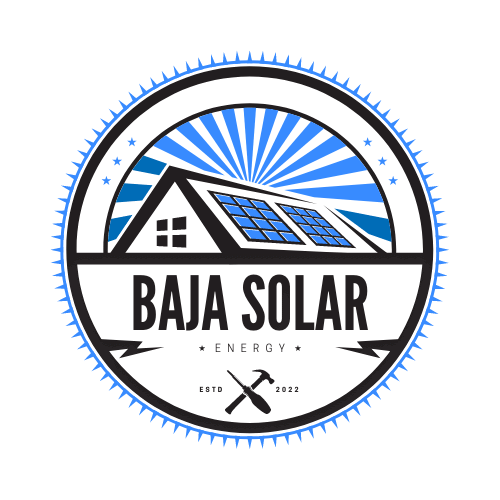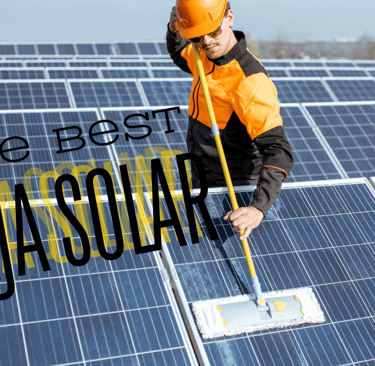



The Complete Solar Guide: Everything You Need to Know About Panels, Systems, Off-Grid, and Grid-Tied Solutions
Explore our complete solar guide to understand everything about solar panels, systems, off-grid and grid-tied solutions. Learn how to harness solar power for energy independence and sustainability. Discover comprehensive tips on installation, efficiency, and maximizing your solar investment.
